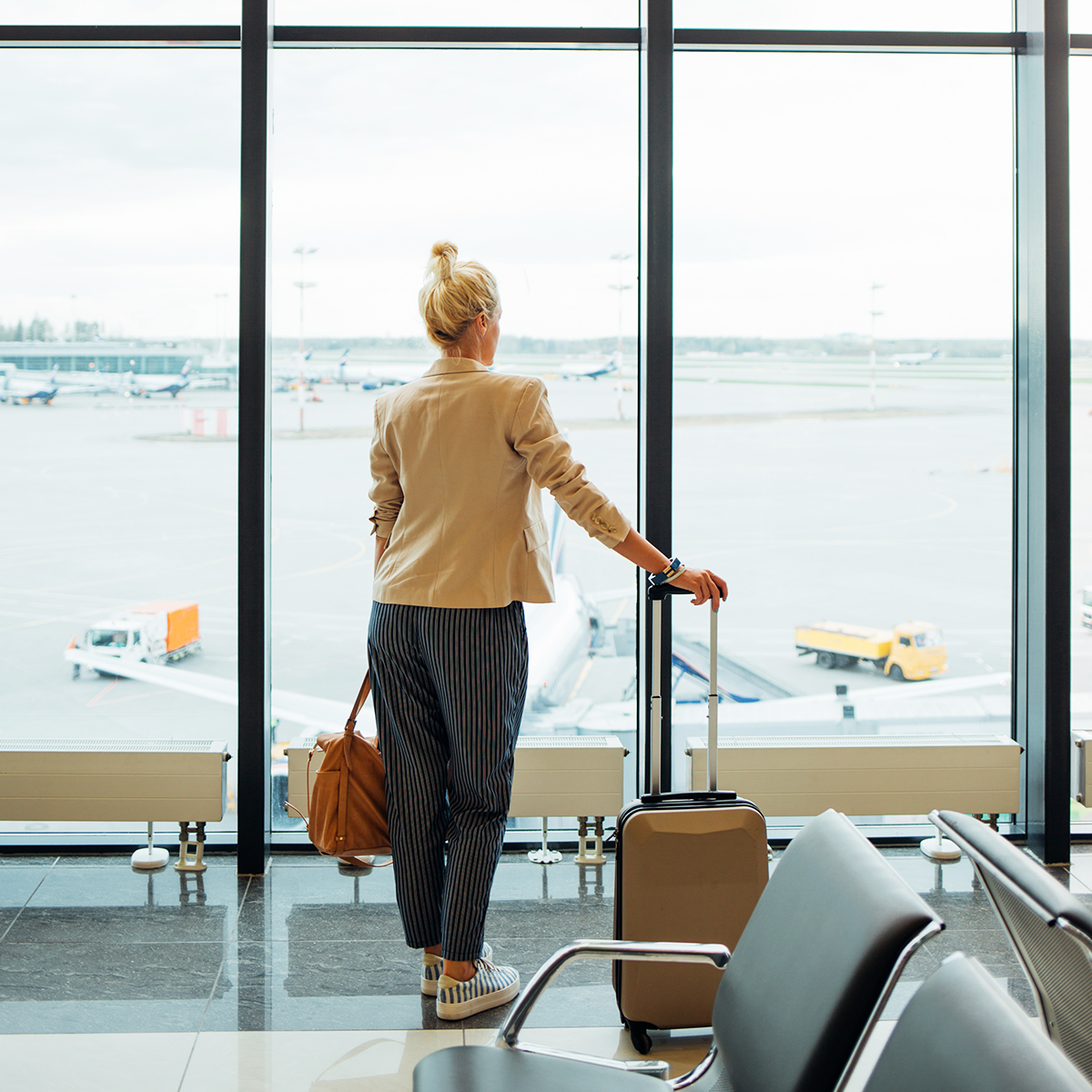Could Wellness (Finally) Transform the Airline Industry for the Better?


During a long flight home from Paris in February, I found myself idling the time not by flipping through movie options, but via a guided meditation that Air France now offers as part of its in-flight entertainment experience. As the pleasant voice through my earbuds guided me through the calming exercise, my mind admittedly wandered to my typical flying experiences: Unreliable Wi-Fi; nonexistent legroom; that time my plane sat on the tarmac at Newark airport for three hours when we were supposed to land at JFK across the river, inspiring a group of passengers to stage a full-fledged mutiny… In an industry that has come to be instinctively associated with stress and frustration, the idea that an airline would take the initiative to help their passengers decompress felt downright radical.
But Air France is just one of a few companies looking to lead this shift. In addition to its in-flight mindfulness offerings, the airline recently renovated its flagship business lounge at Charles de Gaulle airport to make room for a sleek new "wellness zone," complete with a Clarins spa, saunas, and a general relaxation area with nappable seating. In a related move, Air Canada recently announced essential oil line Vitruvi as its new amenities partner; you'll now be able to find an exclusive selection of the label's goods (including a face mist!) in the airline's bathrooms.
Vitruvi co-founder Sara Panton agrees the white space in the market has been pretty obvious from the start. "Air travel has not been traditionally associated with wellness and usually leaves passengers feeling depleted," she says. "By curating a more health-centric amenity kit and inflight products, we hope to leave people a little more refreshed and their in-flight experience more elevated, prioritizing natural, hydrating, and gentle products while they are at 35,000 feet."
La Compagnie, an all-business-class airline based in Paris (with regular service to New York), wanted to establish itself as an outlier to the common amenities (or lack thereof) found in traditional airlines when it first launched in 2014. "We were looking for a French brand with natural products that was sold in both the French and U.S. markets," says Anne Crespo, the airline's head of marketing. "Caudalie's founder Mathilde Thomas lived in New York at the time and was developing in the U.S. market." La Compagnie felt that Caudalie's natural, quality approach to skincare was perfectly in line with its own offerings—resulting in a partnership that remains proudly in place today. "We observe that passengers try to take care of their skin when traveling, so it is natural [that we'd] help them with this," Crespo says.
But Crespo and Panton both note that in addition to making the flying experience more comfortable for passengers, these types of partnerships are also a huge win for brands as well. "We know that we have some passengers who discovered Caudalie onboard La Compagnie and became loyal customers to them," says Crespo, who adds that the airline often offers in-flight promotions and opportunities to increase this exposure. "Every year we introduce new Caudalie products that can be useful during a trip to give passengers a true overview of Caudalie's range of products," she says. "Moreover, we try to create special experiences together like our 'Beauty in the Air' and 'Beauty in the Lounge' events, where we invite passengers to try facial treatments by Caudalie experts."
"Our essential oils are sourced from over 30 countries, and in collaborating with Air Canada, we've been able to take that wellness journey to a larger reach," says Panton. "Collaborating with Air Canada and its more than 200 airports on six continents [means that we'll] serve close to 48 million customers each year."
Still, while reconsidering the products available onboard is a relatively seamless way to introduce a wellness bent, Air France sought to break the mold entirely with its new mindfulness program. "We observed that the practice of meditation has been a strong trend in our society for several years," says Anne Rigail. The rise of this trend inspired the company to begin testing in-flight meditation with rather telling results. "90% of customers said that they felt relaxed, and 85% stated that this experience had improved their comfort on board," says Rigail. Since officially launching the program—which also has an iteration available for children—in June 2017, the airline has seen upward of 1.5 million digital meditation sessions utilized on board.
But the company is still looking for other ways to help curb passenger stress, even if it's not on the flight itself. "We are now working to integrate meditation sessions in the Air France Play app to allow our customers to view them 30 hours before their flight so that they can meditate at home or on their arrival in our lounges, for example," says Rigail.
Is it sad that we've been conditioned to see a comfortable, stress-free flight as a luxury? Certainly. But that's why these airlines are looking to readjust their passengers' exceedingly low expectations for the better and in a meaningful way. Trying an in-flight meditation exercise, for example, doesn't just help alleviate the stress of that flight or even just that day—it also helps expose passengers to a wellness tool that they don't need a plane ticket to access. The same goes for aromatherapy and even for well-crafted, naturally sourced beauty products.
Now, if we can just do something about that legroom…
This article is provided for informational purposes only and is not intended to be used in the place of advice of your physician or other medical professionals. You should always consult with your doctor or healthcare provider first with any health-related questions.



